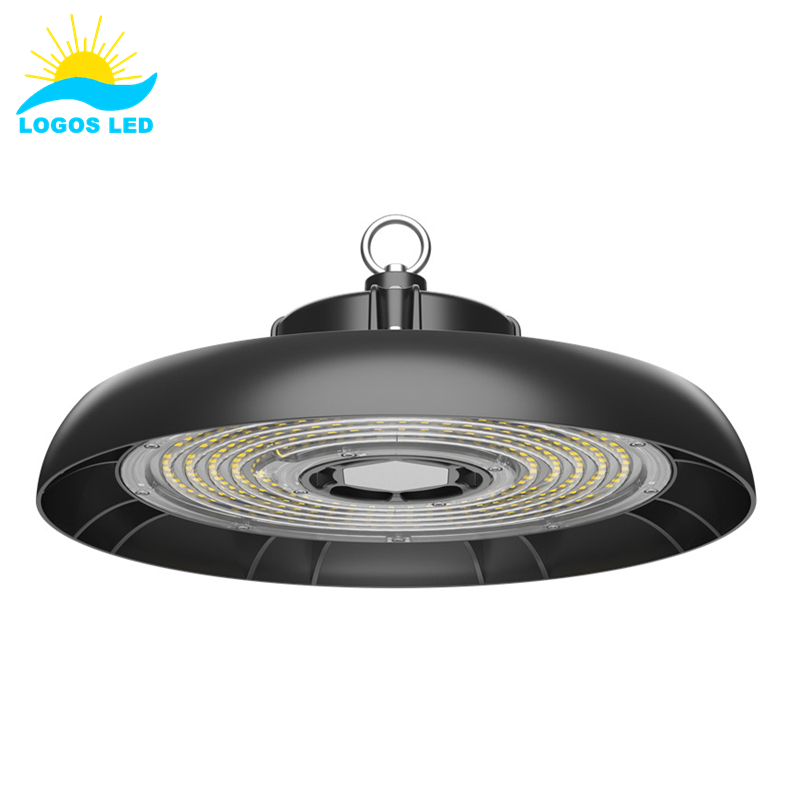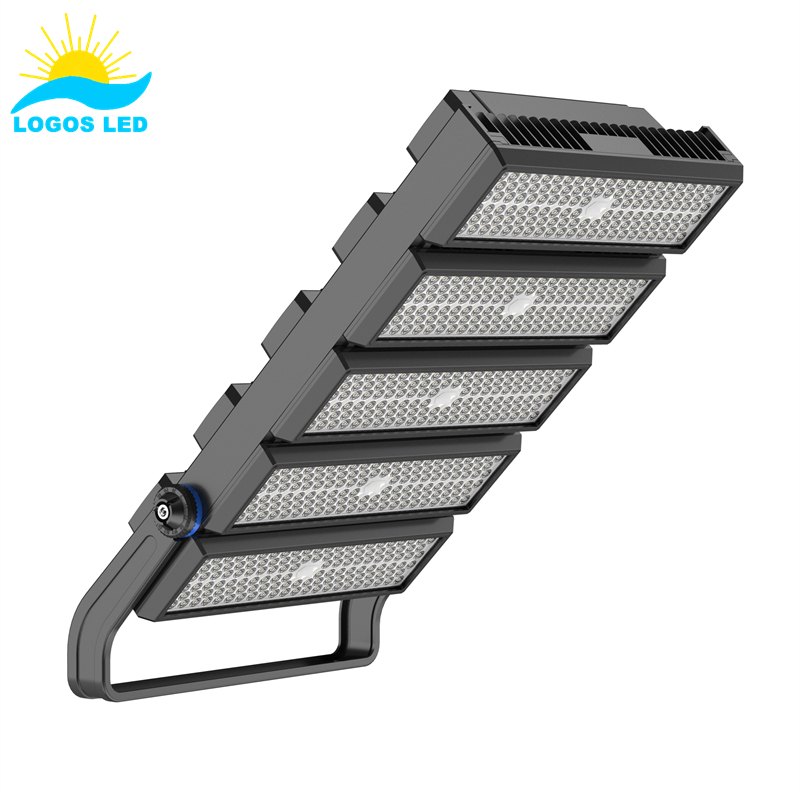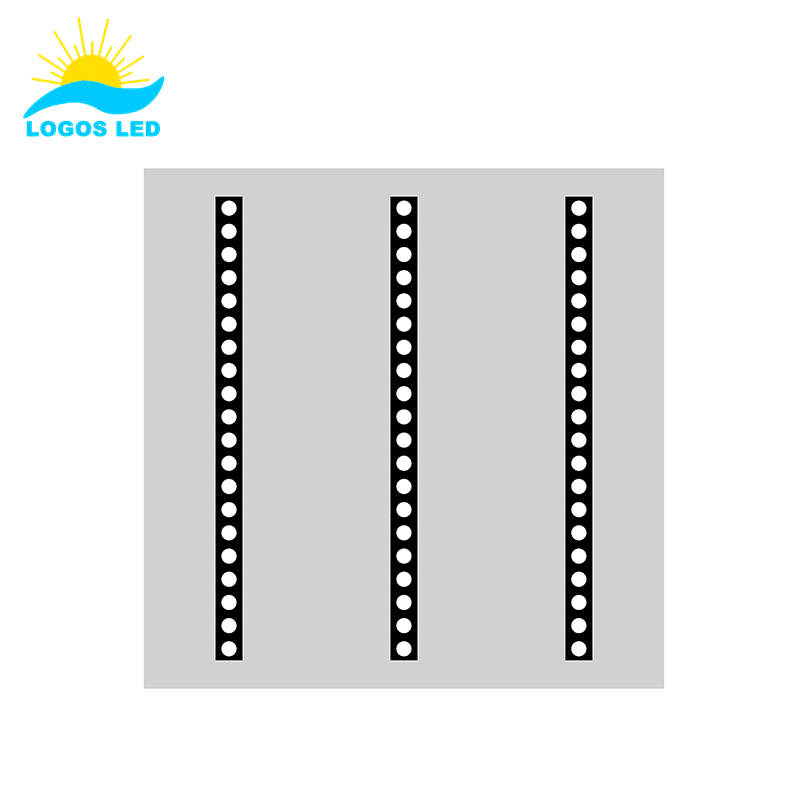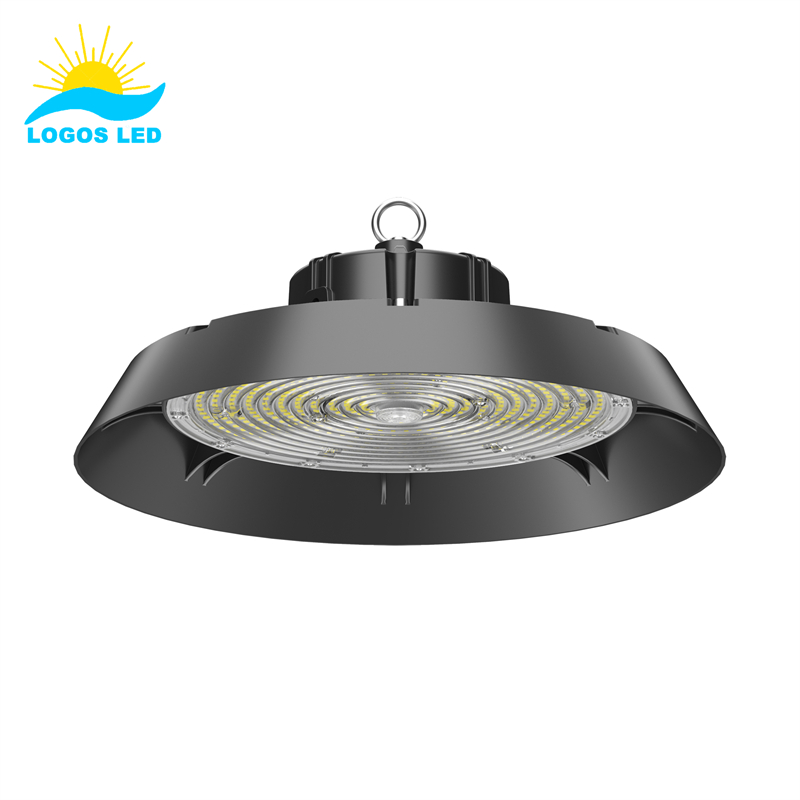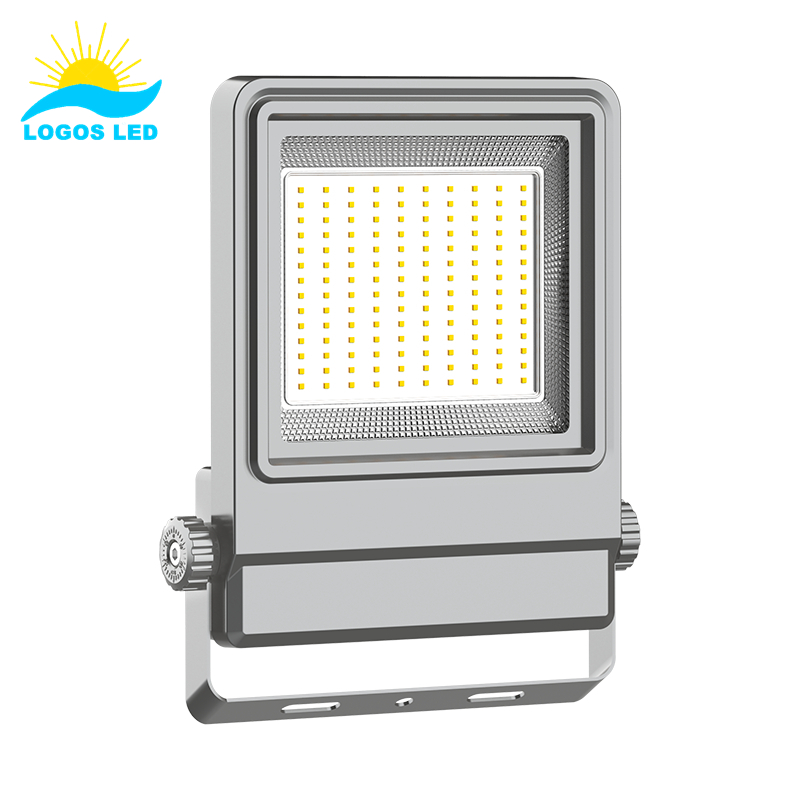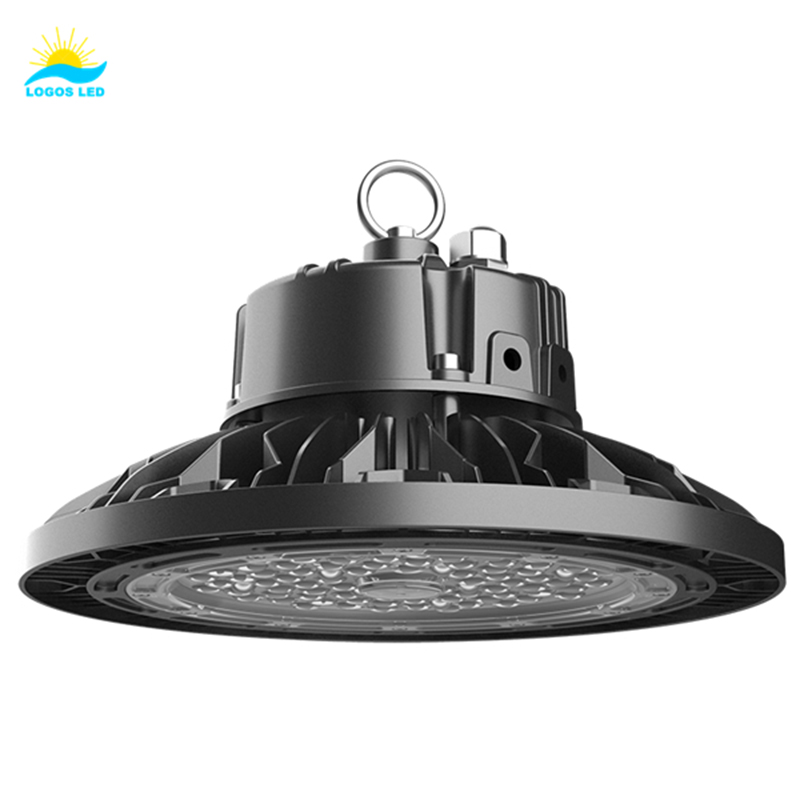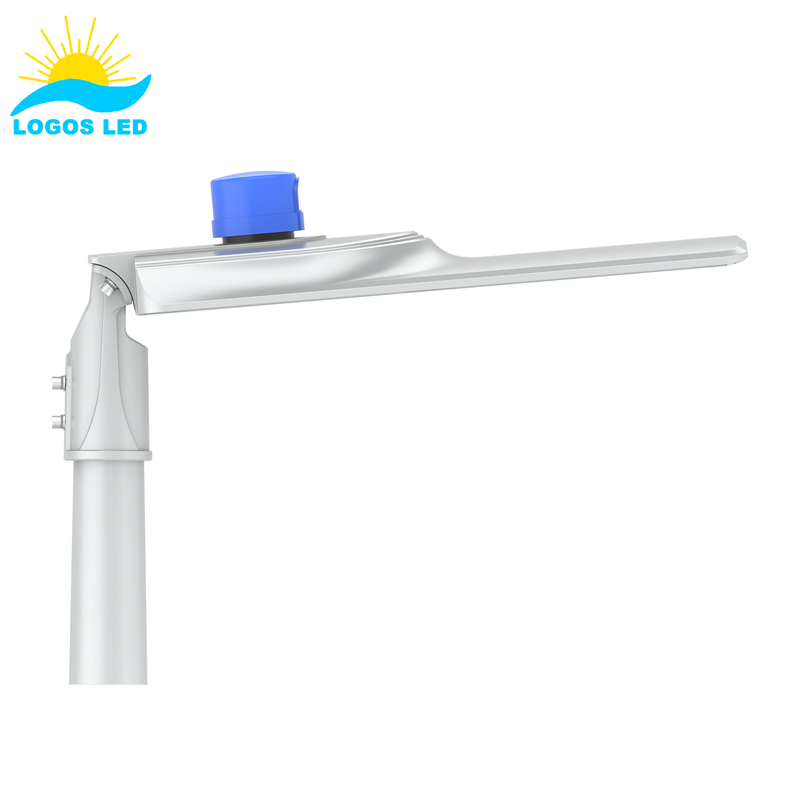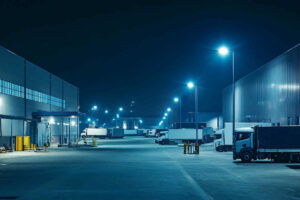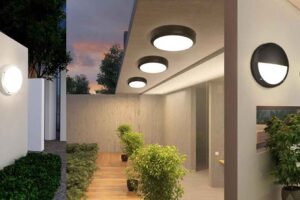Struggling with the complexity of lighting control? You can screw up light control and do it wrong and inefficiently and have costly mistakes. DMX gives you the way to do light control right, efficiently, and without a problem.
DMX, short for Digital Multiplex, is a communication protocol widely used in lighting systems to control multiple fixtures with precision. It’s essential for stage, architectural, and entertainment lighting, offering unmatched flexibility and reliability.
Want to learn more? Dive into this guide to learn everything about DMX and how it makes lighting control easy.
Table of Contents
What is DMX?
DMX stands for Digital Multiplex. It is a standard communication protocol used to control stage lighting, architectural lighting, and other digital lighting systems. It lets you control multiple lighting fixtures or devices down a single data line. It’s a widely adopted standard in the lighting industry because of how reliable and flexible it is.
In a DMX system, you have a controller that sends digital signals to lighting fixtures that are DMX compatible. Each fixture has a unique address and responds to certain channels for things like brightness, color, or movement. You can control up to 512 channels in one universe. A channel is one thing you can control. For example, an RGB LED light uses three channels—one for red, one for green, and one for blue. This simplicity and scalability have made DMX the go-to way to create dynamic and synchronized lighting displays in venues, events, and commercial spaces.
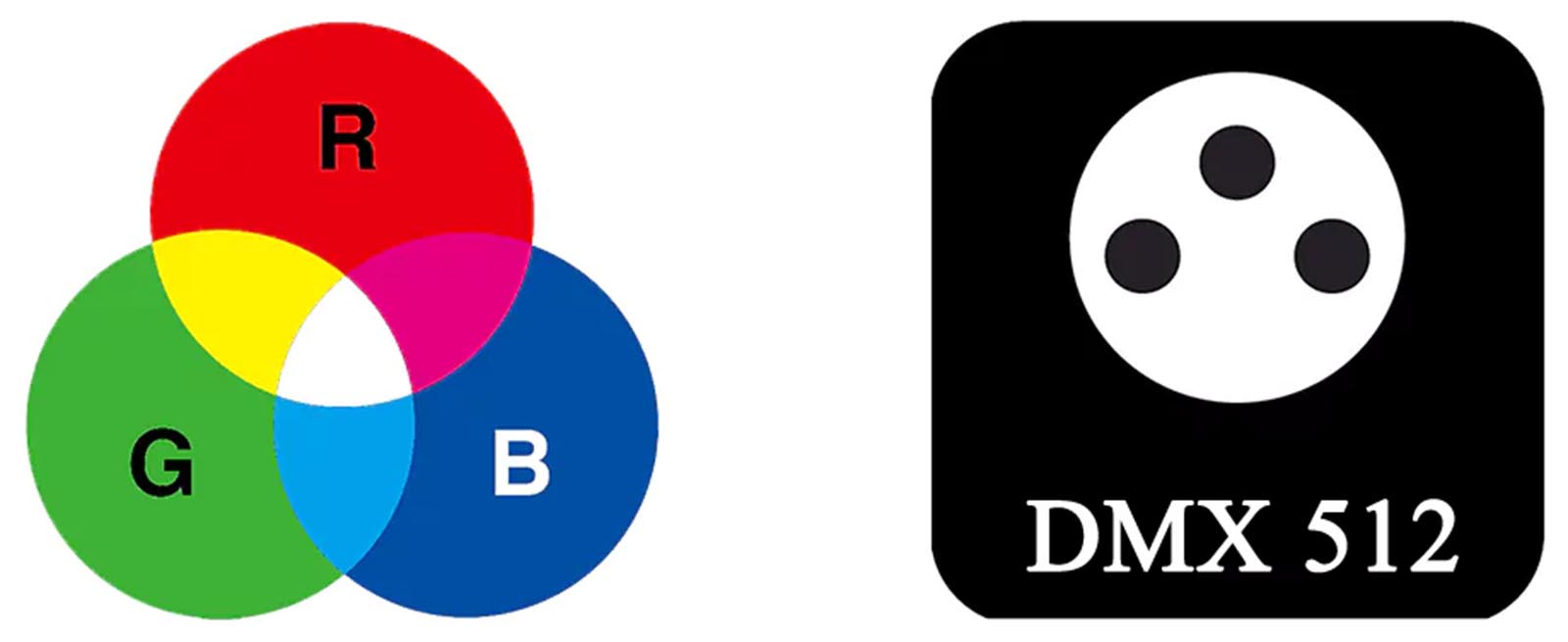
What is a DMX fixture?
A DMX fixture is a lighting device that works with the DMX (Digital Multiplex) protocol. You find these fixtures in professional lighting setups like stage productions, concerts, architectural lighting, event lighting, and all that kind of stuff. You connect a DMX fixture to a DMX controller, and then you can program it to do things like adjust the brightness, color, movement, or beam angle (depending on the type of fixture you have).
Each DMX fixture gets assigned a unique DMX address. This address is how it knows when to respond to the digital signals coming from the controller. You can have simple devices that are single-color LED lights or you can have big moving-head lights with all kinds of things you can control on them (like pan, tilt, color, and effects). The ability to link multiple fixtures together and control them all in sync is what makes DMX fixtures so powerful and awesome.
What is a DMX address?
A DMX address is a unique number that you assign to a DMX-controlled lighting fixture to tell it which signals to respond to within a DMX universe. It’s the starting point for the channels that the fixture uses. It ensures that multiple fixtures on the same DMX network can work together without interference.
Each DMX fixture requires a specific number of channels based on what it does. For example, a simple fixture like an LED light might use three channels (one each for red, green, and blue control). If its DMX address is set to 1, it will use channels 1, 2, and 3. The next fixture in the chain might start at address 4.
Setting your DMX addresses right is important because if you have overlapping addresses, you’re going to have stuff do things you don’t want them to do. You usually set your addresses on the fixture itself. It has little dip switches or a digital display, or you do it with software depending on what kind of fixture you have.
What Should You Consider Before Installing a DMX System?
When you install a DMX system, you need to think about a few things to make sure it works right and does what you want. Here are the things you need to consider:
1. The Number of Fixtures
Figure out how many fixtures you have. Each fixture uses up some channels, and the number of fixtures you have affects how complex your system is and how many channels you use.
A DMX universe can handle up to 512 channels. So if you have more fixtures or you need more channels than that, you’ll need more DMX universes or more controllers.
2. The Number of Channels
Each fixture uses a specific number of DMX channels based on its features. For example, a simple RGB light might use 3 channels (red, green, blue), while a moving-head fixture could use 15 channels or more.
Add up the total number of channels you need for all your fixtures to make sure they fit in your universe. Plan this out so you don’t have any overlapping channels, and everything works right.
3. The Wattage for Each Fixture
Check the wattage and power requirements for all your fixtures to make sure you have enough power in your electrical system to handle everything. This is especially important for big installations where you have a lot of big, high-wattage fixtures.
Make sure you have power distribution systems like DMX splitters or power relays that can handle all your fixtures without overloading circuits.
Additional Considerations:
Cabling and Signal Distance: Use real DMX cables, not regular audio cables, and keep your cable lengths within recommended limits (usually under 300 meters for DMX signal). Use DMX terminators to stop signal interference.
Controller Compatibility: Verify that your DMX controller supports the number of fixtures and channels you need.
Future Expansion: Plan for potential growth, leaving room for additional fixtures or features.
Fixture Addressing: Ensure fixtures are addressed correctly to avoid control conflicts.
Proper planning based on these considerations will ensure a reliable and efficient DMX lighting system tailored to your needs.
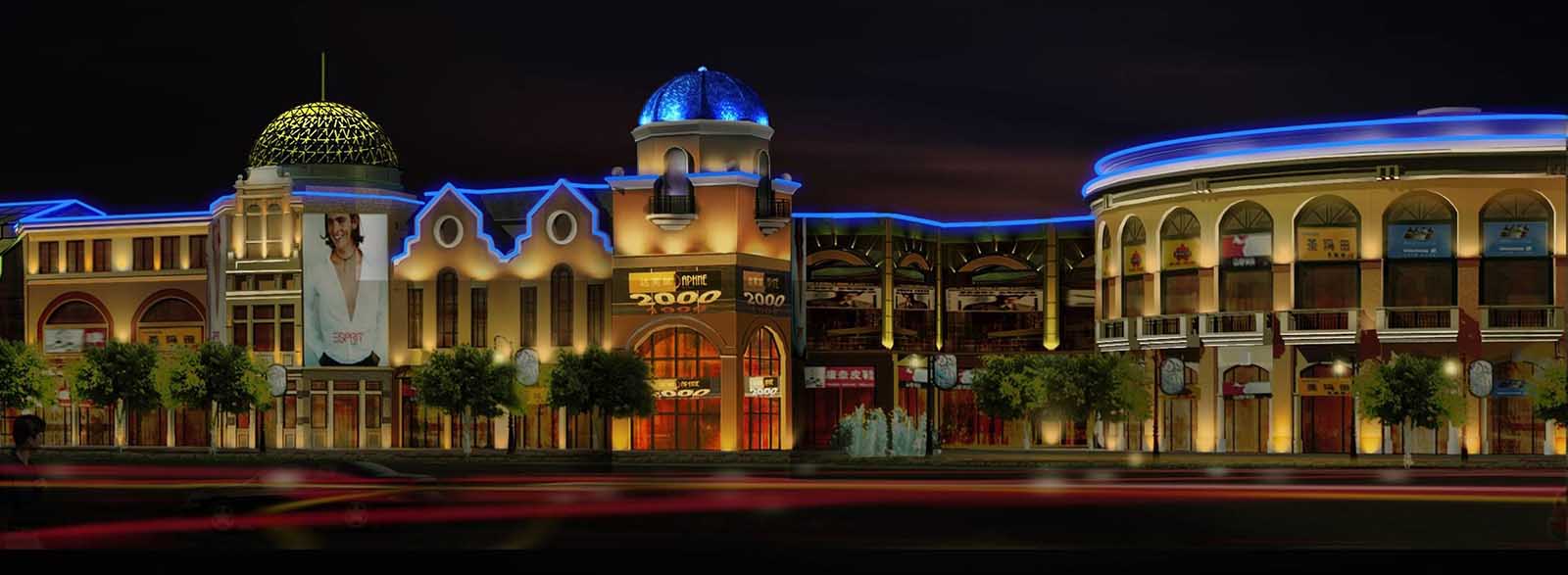
How do you Wire DMX?
Wiring DMX (Digital Multiplex) is the way you connect all your lights and effects together in professional environments like concert halls or studios. Here’s a simple guide to wiring DMX:
Gather Equipment: You’ll need DMX-compatible lights or devices, a DMX controller, a DMX cable (usually 3-pin or 5-pin XLR), and any necessary terminators (for the last device in the chain).
DMX Cable: Use a 3-pin or 5-pin XLR cable. While 5-pin cables offer more connections, most systems use 3-pin cables for simplicity. Make sure the cables are designed for DMX, as standard microphone cables may not handle the data correctly.
Controller to First Fixture: Connect the DMX output from your controller to the DMX input of the first lighting fixture or device.
Fixture to Fixture: To control multiple devices, connect the DMX output of the first fixture to the DMX input of the next one. Continue this “daisy-chaining” process until all devices are connected.
Termination: If your DMX chain has more than three devices, it’s a good idea to place a terminator (a 120-ohm resistor) at the end of the chain. This prevents signal reflection and ensures better communication between devices.
Check Addresses: Each device in the DMX chain needs a unique address. Set the starting DMX address for each light or device using its onboard controls, ensuring no two devices share the same address.
Testing: Once everything is wired, power up the system and test it with your controller. Ensure each light responds to the controller’s commands.
By following these simple steps, you can successfully wire a DMX system for efficient lighting control.

DMX Lights Daisy Chain Connection
What is DMX Terminator & Why Should You Use It?
A DMX terminator is a little electronic thingy you use to stop signal interference in your DMX-controlled lighting system. DMX (Digital Multiplex) is the communication protocol used in the entertainment and stage lighting industry. When you link multiple DMX devices together in a daisy chain, sometimes the signals your controller sends can reflect back, causing data errors or glitches. A DMX terminator (which is usually a resistor) is installed at the last device in the chain to absorb these reflections and give you a nice, clean signal.
Using a DMX terminator is a must-have thing for your lighting system. If you don’t use a DMX terminator, your signal can bounce back down the line and cause weird things to happen with your lights or even damage your equipment. This is especially important for bigger systems or when you have long DMX cable runs. By using a terminator, you stop any signal loss and make sure everything works as expected. This makes your setups more professional and reliable.
FAQs about DMX
What is DMX Used For?
DMX (Digital Multiplex) is the way you control stage lighting, architectural lighting, and effects in places like concert venues. It’s the way you get all your lights to work together, so they change color and do all the cool things at the same time. Whether you’re doing a play or a concert or you’re running a nightclub, you need DMX to make everything look amazing. DMX also works for architectural lighting, like on the outside of a building or in a theme park. It’s how you control all the lights to make them look the way you want. Learn more DMX and DALI LED Lighting Controls – Which to Choose?
What Does DMX Stand For?
DMX stands for Digital Multiplex. It’s a protocol for sending data for controlling lights and effects. When people say DMX, they usually mean DMX512, which is the full name and means you can have up to 512 channels per universe. A channel is something like intensity, color, or movement. It’s how you can control all the different aspects of your lights.
What Can Be Controlled by DMX?
DMX allows you to control various elements in lighting and effects systems, including:
- LED Fixtures: Adjust brightness, colors, and patterns.
- Stage Lighting: Manage spotlights, floods, and beam movements.
- Special Effects: Operate fog machines, lasers, and moving heads.
- Architectural Lighting: Synchronize facade lighting and decorative installations. Its capability extends to virtually any device designed to support DMX, offering unparalleled flexibility in creative design.
How Many Lights Are on a DMX Universe?
A DMX universe consists of 512 channels. Depending on the fixture’s channel requirement, the number of lights can vary. For instance:
- A simple fixture using one channel allows control of 512 lights.
- Complex fixtures requiring multiple channels (e.g., 5 per fixture) limit the number to about 100 lights. Larger setups often require multiple DMX universes managed by advanced controllers.
Why is DMX So Expensive?
DMX systems can be expensive due to:
- High-quality Hardware: Controllers, cables, and fixtures are engineered for durability and reliability.
- Advanced Technology: The system ensures seamless data transmission and precision control.
- Customization: Professional-grade setups involve significant design and configuration effort. Despite the cost, DMX’s scalability and control precision make it a worthwhile investment for complex lighting needs.
Can You Use DMX Lights Without a Controller?
Yes, but with some limitations. Some lights have built-in standalone modes that let them work by themselves without a controller. However, if you don’t use a dedicated DMX controller, you can’t do all the cool stuff with your lights. You can’t make them do the fun things you want them to do. You can’t get them all to play together and do cool things together. Using a controller gives you the full power of DMX.
How Long Can You Run a DMX Cable?
DMX cables can run up to 300 meters (about 1000 feet) without much of a problem. But things like the quality of your cables, the power of your signal, and anything that gets in the way can affect that range. If you go over that range, you’ll need signal boosters or repeaters to keep your signal strong enough for your lights to work right.
Are DMX Cables the Same as XLR?
DMX cables and XLR cables may appear similar, as both use three-pin connectors. However, they differ in construction:
- DMX Cables: Designed for data transmission with specific impedance (120 ohms).
- XLR Cables: Primarily used for audio with different impedance. Using the wrong cable type can lead to signal issues, especially in complex DMX systems.
What Happens if You Don’t Use a DMX Terminator?
Without a DMX terminator, you can get signal reflections that mess up your lights. A terminator, which you put at the end of your DMX chain, absorbs these reflections and makes sure everything works right. It’s a little thing, but it’s important.
How Far Can a DMX Signal Travel?
A DMX signal can go up to 300 meters (about 1000 feet) under perfect conditions. Beyond that, your signal starts to degrade. If you’re going longer distances, you need signal boosters or repeaters. You also have to make sure you use good cables and have good connections to keep your signal strong.
Conclusion
DMX is the way you control lights. It’s the backbone of anything you want to do with lighting. Whether it’s a stage show, architectural lighting, or whatever, DMX is the way to control everything. It may seem complicated or expensive to get started with, but the benefits you get from using DMX make it worth it.
If you need help with lighting controls or have questions, please feel free to reach out to us directly. Our team of lighting experts is here to help.
Request A Free Quote Now!
Send us a message if you have any questions or request a quote. We will get back to you ASAP!



